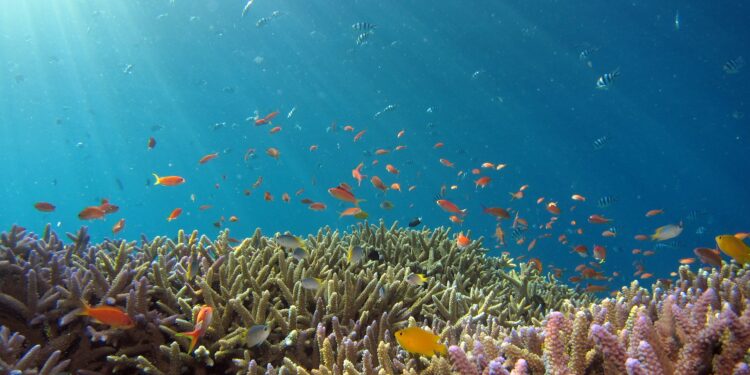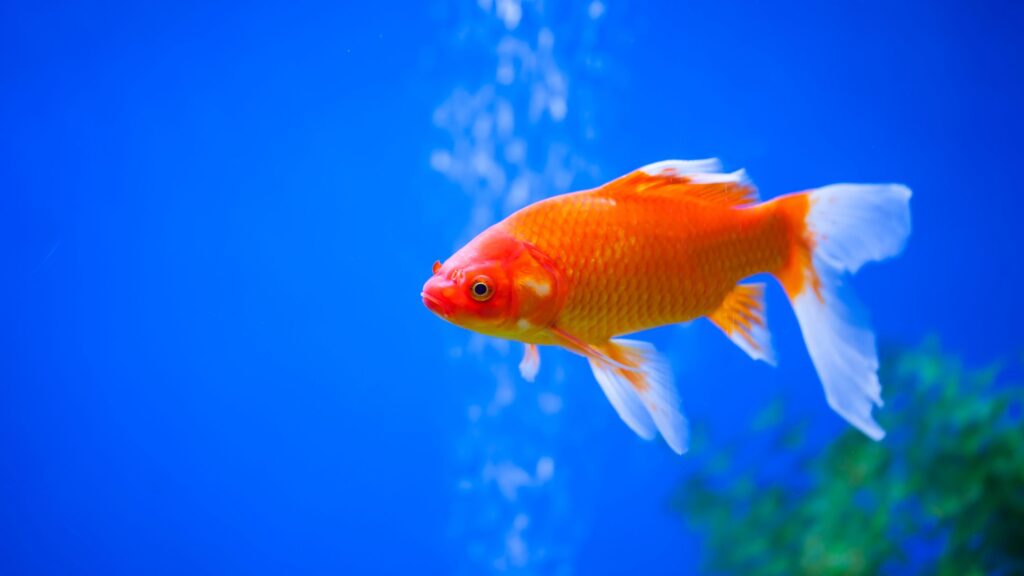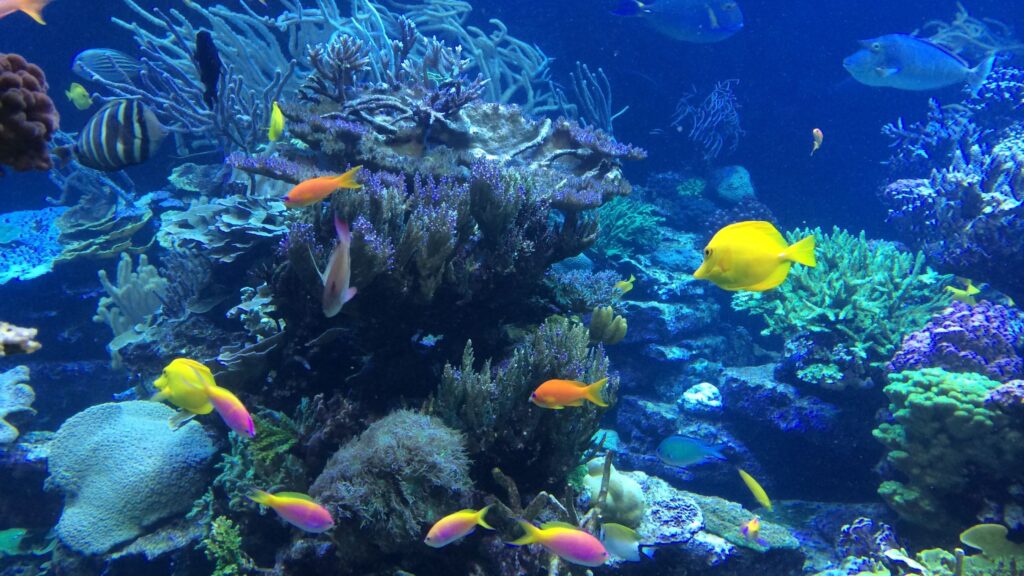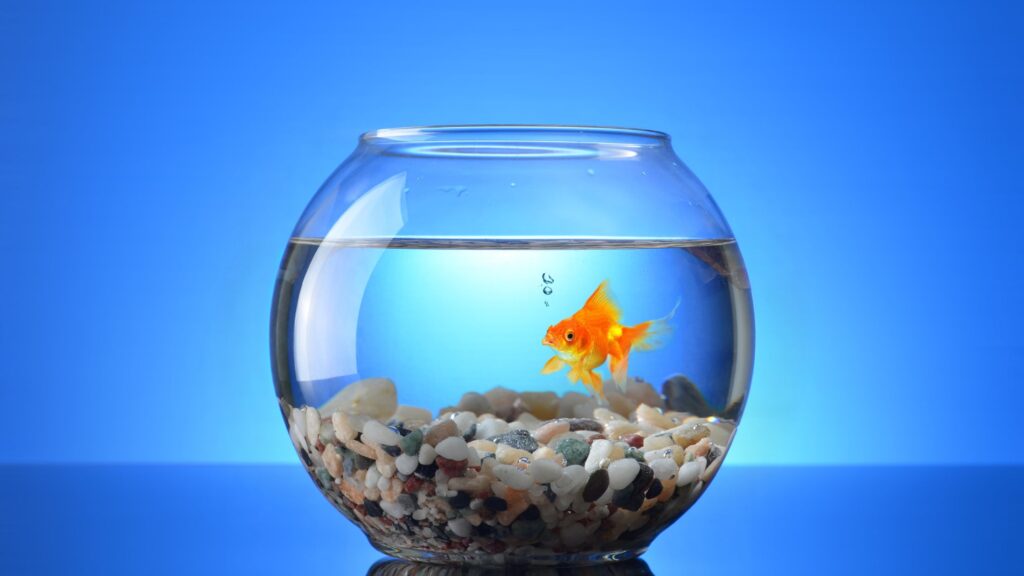Keeping a pet like a fish is unlike other pets. This situation becomes more prominent when you go on a vacation. For other pets, like dogs or cats, you can take them with you under some conditions. But taking the lettuce like fish isn’t possible – it is impractical and not recommended.
So the obvious question that comes into mind is what to become when you go on a vacation. Of course, you would not expect any disaster after coming home at the end of your holiday. So you have to prepare previously and have to make plans.
One of the crucial matters before taking up the preparation of about the age of your aquarium. Surprisingly the older setup is much safer for the fish than the latest ones. It is because, in the older design, the inhabitants are accustomed and used to the set and each other. In contrast, the ecological balance is comparatively unknown to them in the newer setup, and much more maintenance is needed there.
It would be best to consider more factors about pet fish before going on a vacation. A detailed analysis is given below to have a better understanding.
How Long Can Your Fish Live Without Food?
It is one of the most common questions that come to mind when we think about leaving pet fish alone for some days. But suddenly, the answer to this question cannot be given quickly. It depends on various factors.
Mainly, most tropical fish can have a long life despite fasting. But that longevity depends on their size, age, and nature. In general, larger fish can live longer than smaller ones as they have enough body mass to rely on in challenging times. For instance, a golden pencil fish doesn’t live longer than an adult chocolate cichlid.
In general, fish are fed once a day. But in some particular cases, they can live a much longer time. For example, the female mouth-brooding African Cichlid can live up to a month without eating. In general, adult aquarium fish can live easily from 3 to 7 days without eating any food.
When planning for a vacation, you first think about the nature of your fish. Some fish, like fish fry, must be fed a few times daily. Proper nutrition helps to build up bone strength. A baby fry can be affected with sickness and deformities if not fed properly. In the worst cases, this may lead them to death.
Generally, tropical fish survive longer without food than others. Here’s a brief discussion below about their survival capacity.
What Is The Survival Time Limit Of Tropical Fish?
When talking about aquarium fish’s survival skills, it must be admitted that tropical fish can live a long time without fading. Like others, their survival skills also depend on various factors. Some of them are already discussed above – their sizes, nature, and age. Tropical fish are also adult by the general rule- the larger fish can live longer.
When we talk about their nature, carnivores do not need to be fed daily. They are wild, so they can survive a whole season without food. On the other hand, herbivorous fish are not as strong as predatory fish and must be fed daily. In most cases, they live on eating plants. So they can not last long by fasting. They lived on enough nutrition to survive.
So if you have predatory fish in your aquarium, you do not need to worry much. But it is recommended that you run a trial fasting period to check the capacity of your pet fish at the time of fasting.
| Name of Fish | Survival Period |
| Koi | Up to 2 weeks |
| Tetras | Up to 10 days |
| Goldfish | Up to 10 days |
| Danios | Up to 14 days |
| Betta | Up to 2 weeks |
| Guppies | Up to 10 days |
| Angel Fish | Up to 1 week |
| Plecos | Up to 14 days |
| Mollies | Up to 2 weeks |
| African Cichlid | Up to 10 days |
| Platies | Up to 2 weeks |
| Rasboras | Up to 7 days |
| Loaches | Up to 10 days |
| Corydora Catfish | Up to 14 days |
| Oscars | Up to 14 days |
| Gouramis | Up to 2 weeks |
| Discus | Up to 14 days |
| Swordtail Fish | Up to 14 days |
| Barbs | Up to 14 days. |
But these statistics are made by the first owners’ experience and observations. Depending on the situation, results may vary. But whatever the breathing capacity of your fish, they should not be kept without food for long. It would be best to look after some conditions before leaving for vacation.
Is Fasting Good or Bad for a Fish?
Some fish, like fancy goldfish and bettas, can live 7 to 10 days without food. But according to some experts, occasional weekly fasting is necessary for these fishes to avoid health issues. Diseases like constipation swim bladder disease can be avoided by doing so.
It happens because some round-bodied fish, like goldfish, can face the problem of constipation after eating pellets or flake food. So at that time, if they are faced with excess food, it can create pressure on their swim bladder. So they cannot swim properly. It can lead them to death. They sometimes sink at the bottom of the aquarium and cannot swim up to the surface.
To avoid this mishap, 24 to 48 hours of fasting can be helpful for them to clear their digestive system. After one to two days of fasting, you can feed those fish with fresh vegetables or meat.
How to Plan the Aquarium Setup for your Fish?
One of the matters that you should consider before planning your vacation is whether your fish tank is older or relatively new. In general, the thought will come to our mind that fish will live long in the new aquarium model. But surprisingly, this is not the case here. It is because, in the older aquarium, the fish are more accustomed to the atmosphere. They are used to other inhabitants and the circumstances of the ecosystem.
So the risk of potential disaster is much lesser in the older setup. Their community is already well established. The inhabitants already know how to survive there. It is just like human beings- our survival skills exceed in a familiar atmosphere.
In a relatively new situation, fish must understand the aquarium’s ecological balance. Fish load and aquarium volume change at the time of maintenance. They also have to adjust to the temperature of the water. In this relatively new situation, it is not recommended to leave your fish alone all of a sudden. Instead, go through a trial period. By that, your pet will be habituated to unfamiliar situations. You’ll also be sure about their survival skills.
Turn Down The Temperature
Aquarium lights, in general, should be turned off for a lifetime and transformed in the daytime. The fish’s food habits and metabolism rates are adjusted according to that. You can turn down the aquarium’s temperature when you’re out by turning off the lights. It decreases the metabolism rates in the body of the fish. In this way, their need for food will also be reduced. This process happens automatically because of the reflex action, and in this way, they can live without food for a longer time.
There are various timers available in the market where you can pre-adjust, turn off and turn on time. You can also shorten the turning-on light period during the day. By doing this, you’re limiting their activities even in the daytime. As a consequence of reflex action, their metabolism rates decrease.
Get a Timer
The day-night cycle of an aquarium fish depends on turning off and on the lights. In general, as was already said, the lights are turned on during the daytime. At that time, their activity increases, and their metabolism rates also get higher. It is the time when they need food the most.
So by handling life, you can change your pet fish diet schedule. When planning a vacation, purchase a timer and control lighting easily. It’ll turn them on and off the light once per day as would be adjusted previously. Please put it on in the morning for a certain period and then put it off. The reflex action of fish will be considered a lifetime. So most of the time, their need for food will remain at a lower rate.
Treat The Fish Tank
As it is advised, when you will run a trial period, do not perform any maintenance or not give sound to the fish. It’ll help you to understand how long they can survive when you are not around. They will also get a chance to be adjusted to the situation.
Most tropical fish can survive a long time without being fed. By observing their nature, you can be sure of that and get specific information about their longevity. Now, if you’re planning to go out more than that, you have to make artificial arrangements to feed them.
These artificial arrangements and their capacity depend on the pet fish species. Many such formats and tools are available in the market to provide food to the fish. There are a few tricks that you can apply to feed your fish when you are aboard. Some of them are discussed below for a general understanding.
Vacation Feeder
Vacation feeders are one of the most common and accessible options for feeding fish in your absence. There are some variations available for vacation feeders. It can provide food at intervals of 2 days, seven days, and 14 days. It would be best if you chose the variations based on the breed and its survival skills.
Vacation feeders are available in 2 types. The first is where the food is given in a calcium block, and the other is useful for gel-based food. In each class, the blocks are dissolved in the water, and the fish find food from the food particles. Using such feeder blocks has many advantages, like:
- Food Blocks are released at a particular time gap and dissolve slowly and gradually in the water.
- It supplies food to the fish at a particular time gap. You will choose the customized time gap as per your need.
- It fulfills the nutrition required for aquarium fish. Again it includes natural ingredients, so it is not harmful to pet fish.
- It doesn’t pollute the water. The gel block especially dissolves in water smoothly and doesn’t cloud water.
There is one caution-related feeder block. It can be used only in aquarium water.
It needs water circulation to dissolve the block. So never use such a block in a fish bowl or non-aerated aquarium.
What is the Survival Capacity of Fish?
The survival capability of the fish depends on their inherent nature. These characteristics can include their size and weight, food habits, and activities.
Herbivorous Vs. Carnivorous
Aquarium fish can be of two types by nature – herbivorous and carnivorous. Herbivores generally live by eating algae and plants. The nutrients they get from such food are hard to break down. So they should be fed more times than the latter ones. Plecos and the otocinclus are the perfect examples of herbivorous fish for aquariums.
On the other hand, predatory fish like Betta eat meat. Their wild nature makes them capable of living several days without food; in wild nature, getting food regularly is impossible. So they can survive longer without food and need not be fed frequently.
So when planning a vacation, first know how long your pet fish can survive without food.
Size & Age
To survive for long days without food, size and age matter for fish. In general, though, small fish live longer as they are tiny in size. But surprisingly, the fact is that more extensive and older fish live longer for their sturdy body structure. Their body is built with enough fat and body mass. By using this fat, they gain the capability to live for an extended period.
For instance, we can take small guppy fish, which can not live as long as gourami fish without proper food. So the older fish can last longer in the odd situation than the comparatively younger ones.
So if you have smaller fish in your aquarium, you can apply some tricks to reduce their appetite. Most of the fish are active during the daytime. You can make their day short by reducing the time of light. It will decrease their metabolism. So even the tiny fish can live longer without proper food.
You can also lower the temperature of the aquarium. But do this process slowly and gradually, and never drop it more than 2 degrees. Doing this can slow down their digestive process and lessen their appetite.
Activities
The number of days your fish will survive without proper food depends on their metabolism. It is well known that active fish gain more metabolism than stagnant ones. Again smaller fish are more involved than the bigger ones. It means the metabolism rate is higher in the smaller fish than the larger ones, and they need to be fed more frequently than the latter group.
For example, Rasboras and Tetras are very active in nature and tend to explore the place with a lot more energy. So consequently, their metabolism rate and appetite are higher. So they should be continuously fed insect larvae, plankton, etc., to quench their desire. They have to be provided for 2 to 3 times a day. These fish can not be left alone without proper feeding for many days.
The activity of fish increases at one temperature. One environment ascends their metabolism rates. Some fish, like Danios and White Cloud Minnows, can thrive at room temperature. But in the more amazing aquariums, you can feed them only once or twice a day. It is because in cold water, their metabolism rate decreases.
Some Remedial Techniques to keep your Fish Alive!
If you know the proper techniques to keep your fish active and full-fed, then going on a vacation will not be a big issue. Leaving the aquarium without food doesn’t mean your pet fish have starved for a long day. It is, of course, not necessary and not recommended. Some devices and tools are available in the market to feed the fish when you’re out.
Automatic Fish Feeders
An automatic fish feeder is a straightforward tool where you can store the prepared food in a hopper. Then you can program it as per your wish, and it’ll supply the exact quantity of food at a specific interval. It is an automated system that works as long as the food is stored in the hopper. To understand the system better, you can feed your fish through this automatic feeder before going out for a vacation. But there is one limitation- you can store only a single type of food in the hopper. So choose very carefully before installing it.
The operating system is very flexible. If you have programmed to provide a small number of food items to the fish at night, this system will continue until you change the process.
Fish Sitters
If you plan to go on a vacation for more than a week, then fish sitters can be your savior to feed the fish. The most beautiful part of a fish sitter is that it shouldn’t over your fish. Some of the overactive fish are in need of extra food, but the fish sitter doesn’t encourage that. Here also, you can adjust the measure of every meal in a small container.
One great choice is to utilize a cheap plastic pill container with a compartment every day of the week. As you feed your fish the prior week you leave, place a similar measure of food in one of the pill compartments.
Before the week’s over, you will have the following week’s feedings ready for your assistant. They should open the distributor daily and put the food in that day’s compartment into the aquarium. Taking care of the fish once every day while you are gone, regardless of whether you ordinarily feed the fish twice daily, will, for the most part, be adequate.
Food Blocks
Food blocks have been inexpensive and straightforward ways to feed your fish. They are specific to handle and don’t need any unique direction to operate. These feeders last long for weeks. When planning for an extended vacation, these food blocks would be the first choice to give proper nutrition to your pet fish.
Generally, these food blocks are contained in vegetable and animal protein. Sometimes these are available in the form of mineral powder. This powder form is an intelligent tool but with one problem- the release of the food item is constant.
When the fish stop eating, the dissolution process continues, but nutritional content gets lessened in this case. In this case, food quality becomes lower. That is why, despite easy handling, some people avoid using food blocks.
There is another problem also. Some of the fish can not consider these food blocks as food. So for them identifying food becomes pretty much harder. For example, some community fish like barbs and guppies are not willing to take food blocks as food. In some cases, the same thing happens with Cichlids and Tetras. So before using a food block as a supplementary nutrition provider for your fish, you should understand their nutritional needs and the nature of taking food.
Though various tools are available to feed the fish, always remember every solution will not provide for every type of fish. As is already said, many species can not consider food blocks as their food. So an automatic food provider can not be used as the only solution for all types of fish.
Conclusion
By reading so far, it must be clear that a long vacation can not be panicky for your fish. If you have planned and arranged to feed your fish, you can find them healthy after your return. 2 to 3 days of fasting is beneficial for some fish to make them fit. It helps to burn body fat and clear the digestive system. It is also helpful to make them active. But for an extended vacation, you can choose any fish feeder, depending on its nature. It’ll keep you tension free and make your fish happy and active.










Discussion about this post